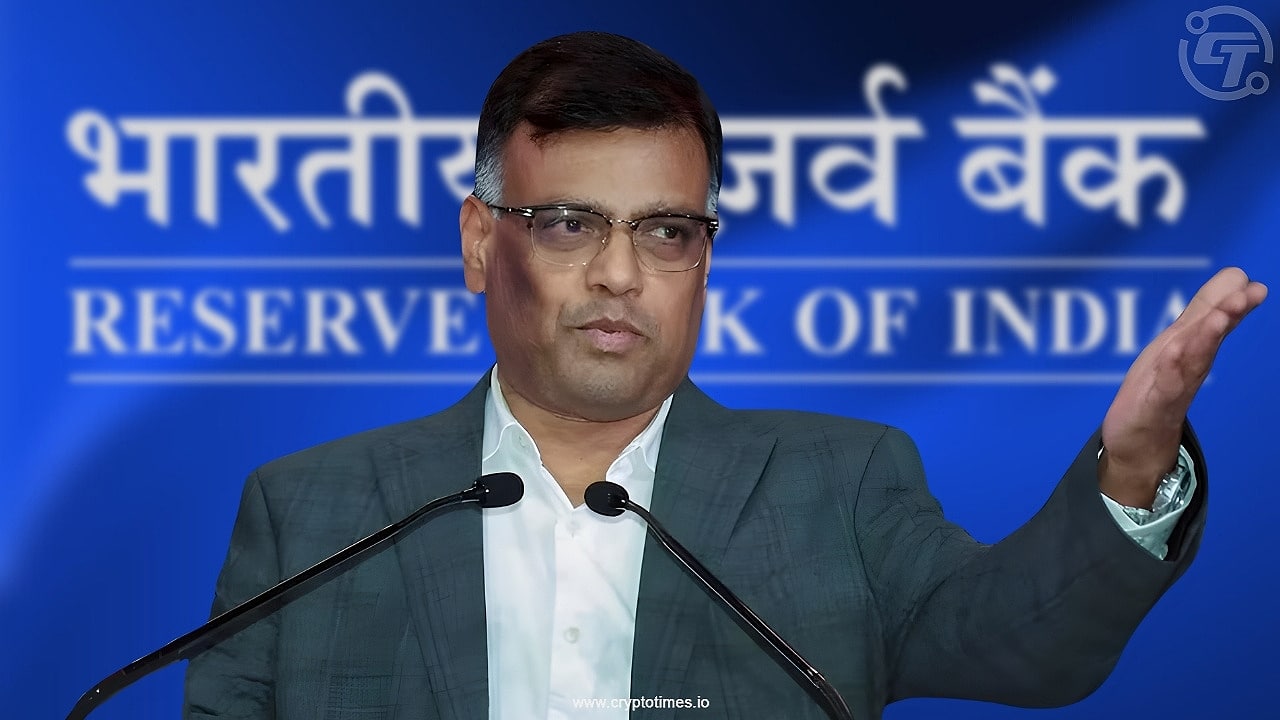The Reserve Bank of India (RBI) is adopting a careful and gradual approach to rolling out its Central Bank Digital Currency (CBDC) across the country, choosing to focus on global readiness and cross-border use rather than rushing into a full retail launch.
Deputy Governor T. Rabi Sankar said the most impactful use case for a digital rupee lies in cross-border transactions, which require other nations to launch their own CBDCs for seamless interoperability.
“We’re in no hurry because, you see, for this system to launch, you also have to have other countries launching it simultaneously,” Sankar said on the sidelines of the Global Fintech Fest 2025 in Mumbai.
He explained that for CBDCs to deliver their full potential, especially in international settlements, multiple countries must develop and deploy their own digital currencies in sync. “The basic use case for CBDC eventually comes in the cross-border space, so we have to get into a few cross-border arrangements and see how it works,” he added.
Retail pilot expands to 7M users
Despite the wait for a full rollout, India’s CBDC pilot has been steadily expanding. The digital rupee pilot has now reached around 7 million users, up from 6 million at the end of March. Since the retail pilot started in December 2022, the number of participating banks has also grown to 17.
Non-banking companies have been allowed to provide CBDC wallets as well, making it easier for people to access the digital rupee and helping it reach more users.
The RBI is focusing on creating useful, programmable applications for the digital rupee while strengthening the system that supports it.
A CBDC is basically the digital version of the country’s official money; it works just like paper currency in terms of value and purpose, but exists only in digital form. It can be used for everyday payments, is recognised as legal tender, and serves as a secure way to store value.
Responsible use of AI in finance
Sankar also stressed the need for caution when deploying artificial intelligence in the financial sector. “In finance, the margin for error is even narrower, as financial institutions are built on trust and economies prosper on stability,” he said.
He warned that critical infrastructure must be protected from risks associated with untested or poorly governed AI systems.
Tokenized certificates of deposit pilot
Meanwhile, the RBI is piloting the tokenization of certificates of deposit (CDs) as part of its first asset tokenization initiative, using the wholesale CBDC platform.
Suvendu Pati, Chief General Manager at the RBI, said the central bank is working closely with a few banks on a pilot project to tokenise certificates of deposit and is also looking to extend tokenization to other money market instruments, including commercial papers.
Tokenization essentially means turning traditional financial instruments like deposits, bonds, or shares into digital assets recorded on a blockchain, a shift that could change how funds are raised, traded, and managed.
At the same time, the Reserve Bank Innovation Hub is running pilot projects to test how CBDC can be used in areas like subsidy distribution and trade finance, ensuring that digital funds are spent exactly as intended.
Sankar noted that progress on CBDC had been quicker two or three years ago, but global coordination remains a key factor now. He pointed out that cross-border transactions involve two major costs—the cost of processing and foreign exchange conversion, and CBDCs could make both significantly more efficient once more countries adopt them.
Also Read: India’s Finance Minister Urges Nations to Prepare for Stablecoins











